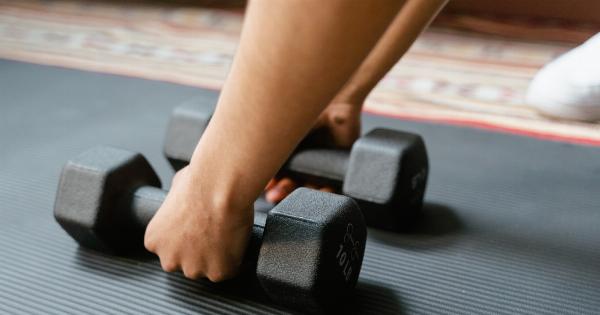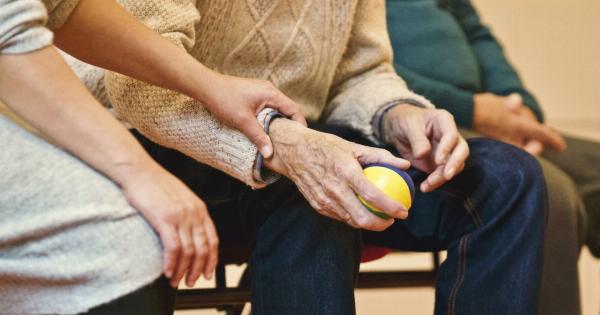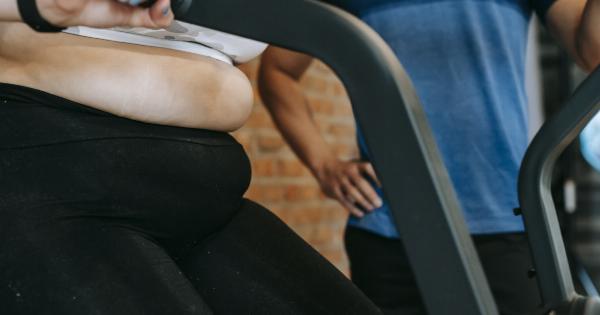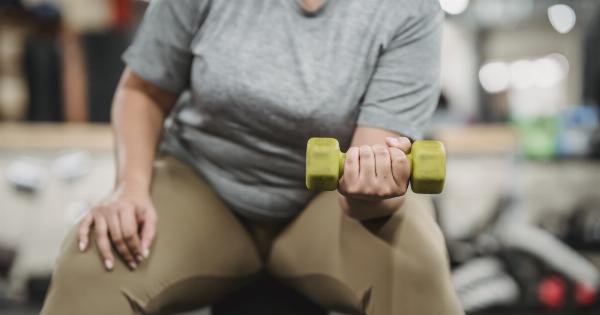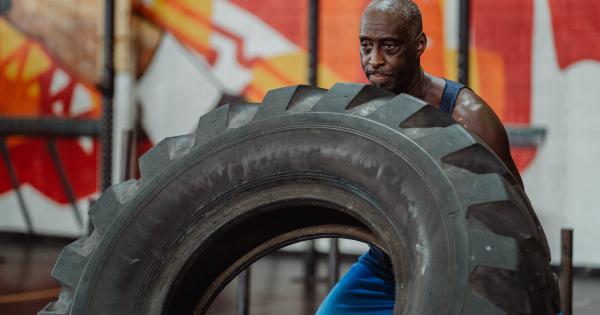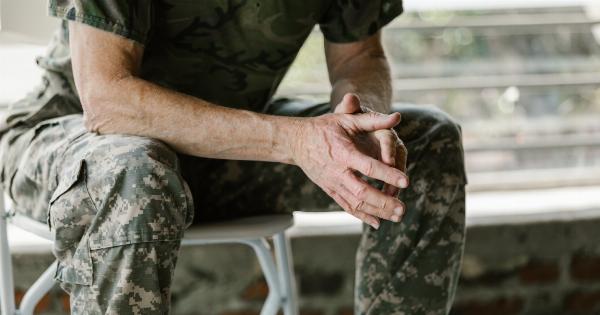Chronic pain can be defined as persistent pain that lasts for more than 12 weeks. It can be caused by various conditions such as arthritis, fibromyalgia, neuropathy, or migraines.
Chronic pain can significantly affect the quality of life and daily activities, making it difficult for people to carry out their usual tasks.
While medication can help alleviate pain symptoms, it may not be the only solution out there. There are some non-drug interventions that can help manage chronic pain.
These interventions can help improve mood, reduce stress, and enhance the body’s natural healing abilities, which can reduce the impact of chronic pain on the body and the mind.
Mind-body therapies
Mind-body therapies involve managing pain through a combination of mental and physical exercises. These techniques aim to regulate your breathing, slow down your heart rate, and relax your muscles. Some of the most common mind-body therapies include:.
1. Cognitive-behavioral therapy (CBT)
CBT is a type of talk therapy that helps people identify negative thought patterns and behaviors that may contribute to chronic pain. This therapy aims to replace negative thinking with positive thinking and learn coping skills to manage pain.
2. Mindfulness-based stress reduction (MBSR)
MBSR is a type of meditation that involves focusing on the present moment and becoming aware of your thoughts and feelings. This technique can help reduce stress and improve mood, which can alleviate chronic pain symptoms.
3. Relaxation techniques
Relaxation techniques such as deep breathing, visualization, and progressive muscle relaxation can help reduce muscle tension and promote relaxation.
Physical therapy
Physical therapy involves using various physical exercises to help alleviate chronic pain. Some of the most common physical therapies include:.
1. Aerobic exercise
Aerobic exercise such as walking, cycling, or swimming can help reduce chronic pain symptoms by increasing blood flow, reducing inflammation, and producing endorphins.
2. Strength training
Strength training can help improve muscle flexibility, reduce muscle tension, and improve overall physical function.
3. Stretching
Stretching exercises can help alleviate muscle stiffness and improve flexibility, which can reduce chronic pain symptoms.
Acupuncture
Acupuncture is a traditional Chinese medicine practice that involves inserting thin needles into specific points in the body.
Acupuncture can help alleviate chronic pain by stimulating the release of endorphins, which are the body’s natural painkillers.
Massage therapy
Massage therapy involves manipulating the soft tissues of the body to promote relaxation, reduce muscle tension, and improve circulation. Massage therapy can help alleviate chronic pain symptoms by promoting overall relaxation.
Heat and cold therapy
Heat and cold therapy can be used to manage chronic pain symptoms by reducing inflammation, improving circulation, and promoting relaxation.
Heat therapy involves applying heat to the affected area, while cold therapy involves applying cold to the affected area.
Conclusion
Chronic pain can have a significant impact on quality of life, but medication is not the only solution out there.
Non-drug interventions, such as mind-body therapies, physical therapy, acupuncture, massage therapy, and heat and cold therapy, can help alleviate chronic pain symptoms by promoting relaxation, improving circulation, reducing muscle tension, and releasing natural painkillers. Consult with your healthcare provider to determine which non-drug interventions are most suitable for your condition.







